Are you someone who has always wanted to learn how to draw but believed that you simply don’t have the talent for it? You’re not alone. Many people believe that drawing is a skill that you’re either born with or not. However, the truth is that anyone can learn to draw.
Drawing is a skill that can be learned and developed with time, practice, and dedication. While some people may have a natural inclination towards drawing, it’s not a requirement for learning how to draw. With the right mindset, tools, and instruction, anyone can learn to draw.
So, can anyone learn to draw? The answer is a resounding yes.
In this article, we will explore the basics of drawing, the role of tools in drawing, the learning process, talent vs. skill in drawing, motivation and discipline in learning to draw, drawing as a form of creativity, and drawing techniques from experts.
By the end of this article, you’ll better understand what it takes to learn to draw and how to get started.
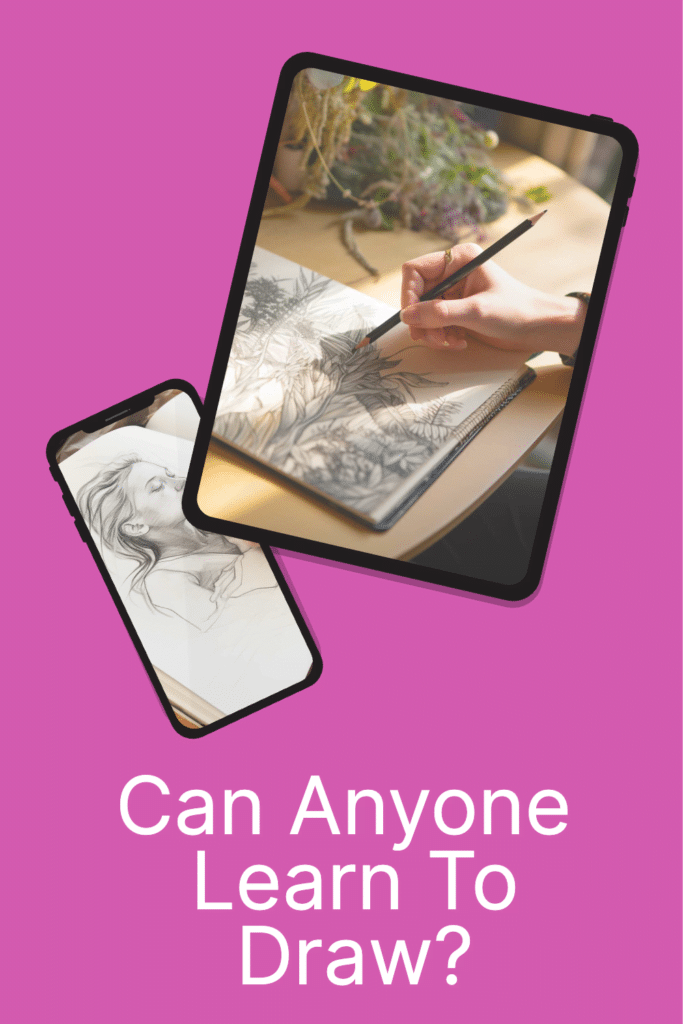
Key Takeaways
- Drawing is a skill that can be learned and developed with time, practice, and dedication.
- While some people may have a natural inclination towards drawing, it’s not a requirement for learning how to draw.
- With the right mindset, tools, and instruction, anyone can learn to draw.
Can Anyone Learn to Draw?
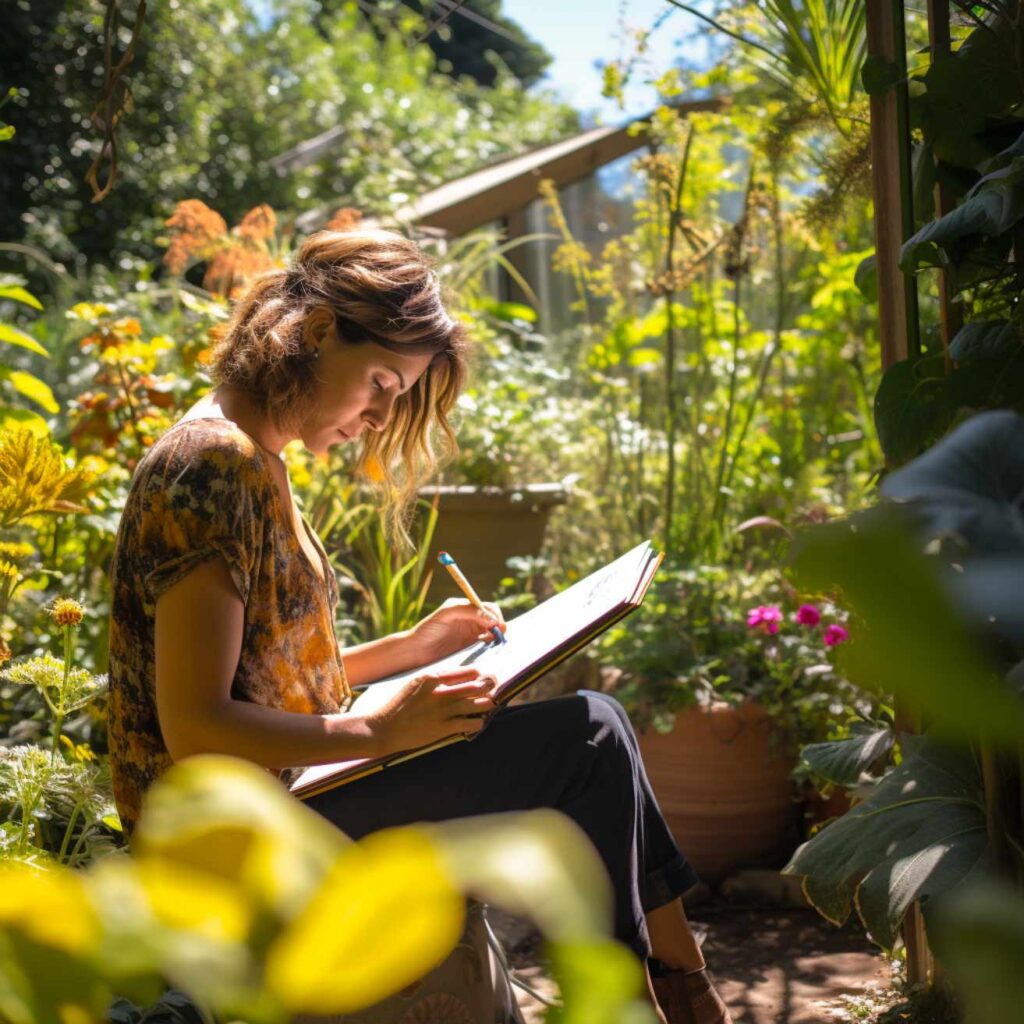
Drawing is a skill that many people believe is only reserved for the talented few. However, the truth is that anyone can learn to draw, regardless of age or natural ability. With practice, patience, and the right resources, you can develop your artistic skills and create beautiful works of art.
One of the biggest misconceptions about drawing is that it is a talent that some people are born with and others are not. While it is true that some people may have a natural inclination towards drawing, it is not a skill that is exclusive to a select few. Anyone can learn to draw, regardless of their natural ability.
Another common belief is that you need to start learning to draw at a young age in order to become proficient. This is also a myth. While it is true that children may have an easier time learning to draw due to their developing brains, it is never too late to start learning. Whether you are a child, a teenager, or an adult, you can learn to draw at any age.
Learning to draw takes time and practice. It is not something that can be mastered overnight, and it requires patience and dedication. However, with the right resources and a willingness to learn, anyone can develop their artistic skills and create beautiful works of art.
Anyone can learn to draw. Whether you are a beginner or an experienced artist, there is always room for growth and improvement. With practice, patience, and the right resources, you can become a skilled artist and create beautiful works of art.
Understanding the Basics of Drawing
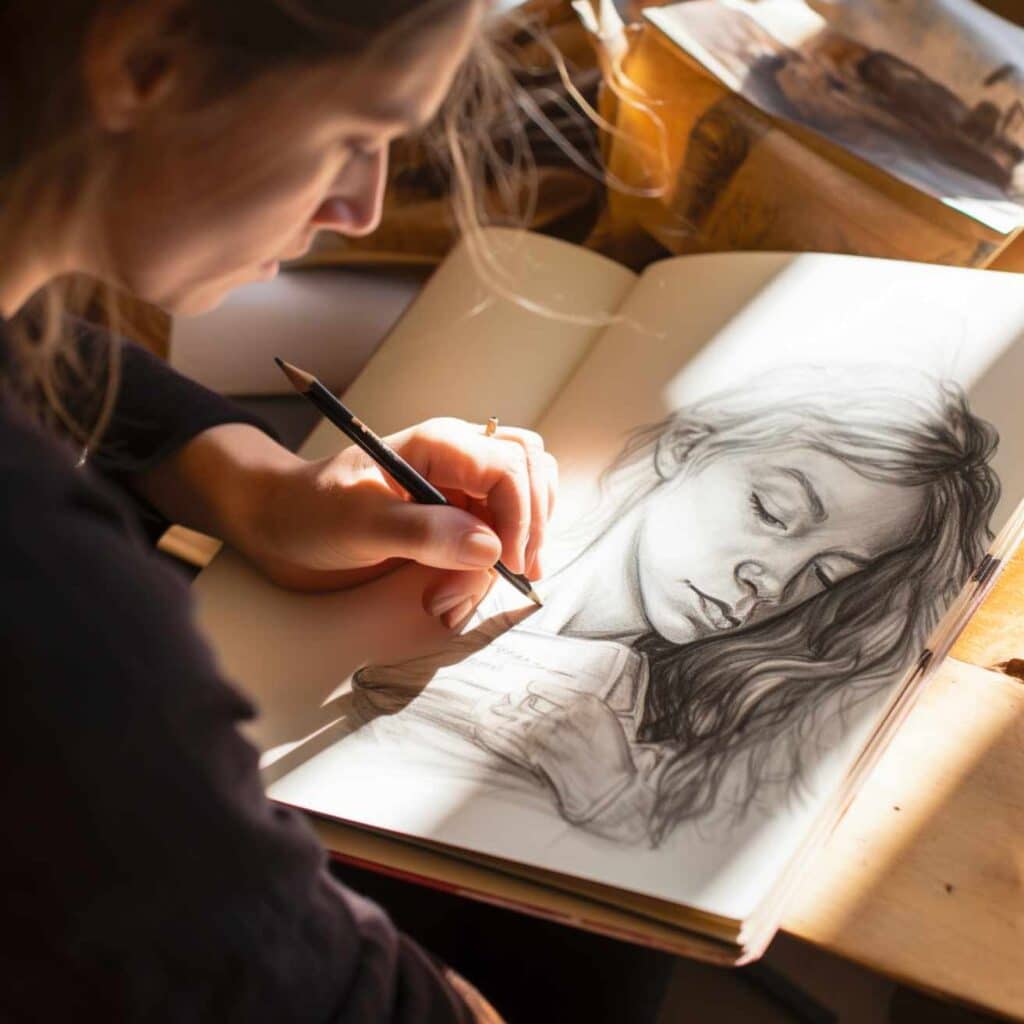
Drawing is a skill that can be learned and improved with practice. Whether you are a beginner or an experienced artist, there are certain fundamentals that you need to understand in order to draw well. In this section, we will explore two of the most important basics of drawing: shapes and shading.
The Importance of Shapes
Shapes are the building blocks of drawing. Everything you draw is made up of shapes. Understanding the basic shapes and how they fit together is essential to creating accurate and realistic drawings.
Here are some common shapes that you should be familiar with:
| Shape | Description |
|---|---|
| Circle | A round shape with no corners. |
| Square | A shape with four equal sides and four right angles. |
| Triangle | A shape with three sides and three corners. |
| Rectangle | A shape with four sides and four right angles, where the opposite sides are equal in length. |
By combining these basic shapes, you can create more complex forms. For example, a cylinder can be created by combining a circle and a rectangle. A cone can be created by combining a circle and a triangle.
The Role of Shading
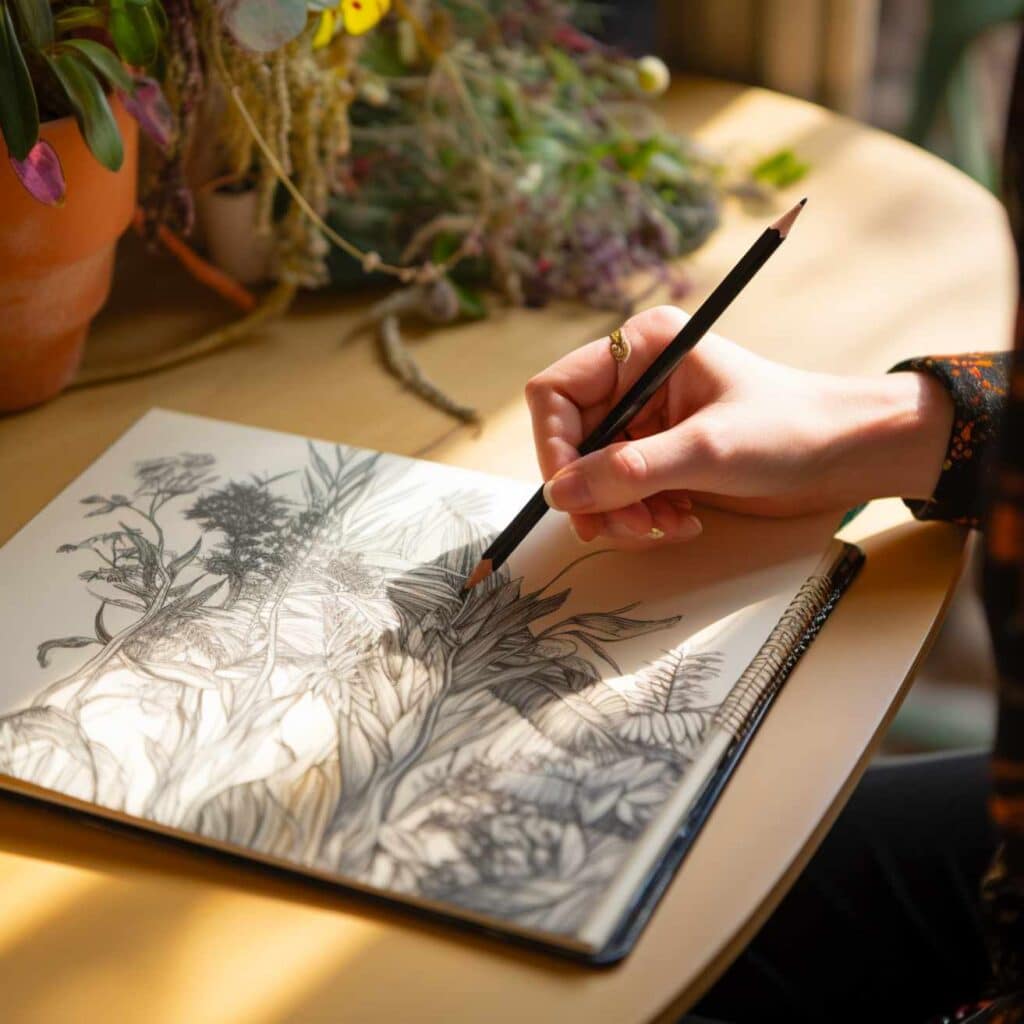
Shading is the process of adding value to a drawing to create the illusion of depth and form. It is essential to creating realistic and believable drawings.
Here are some shading techniques that you should be familiar with:
- Hatching: Creating parallel lines to add value to a drawing.
- Cross-hatching: Creating intersecting lines to add value to a drawing.
- Stippling: Creating dots to add value to a drawing.
- Blending: Smoothing out the lines between different values to create a smooth transition.
By using these shading techniques, you can create the illusion of light and shadow, which is essential to creating the illusion of form.
In conclusion, understanding the basics of drawing is essential to creating accurate and realistic drawings. By understanding shapes and shading, you can create more complex forms and add depth and form to your drawings. With practice and patience, anyone can learn to draw.
The Role of Tools in Drawing
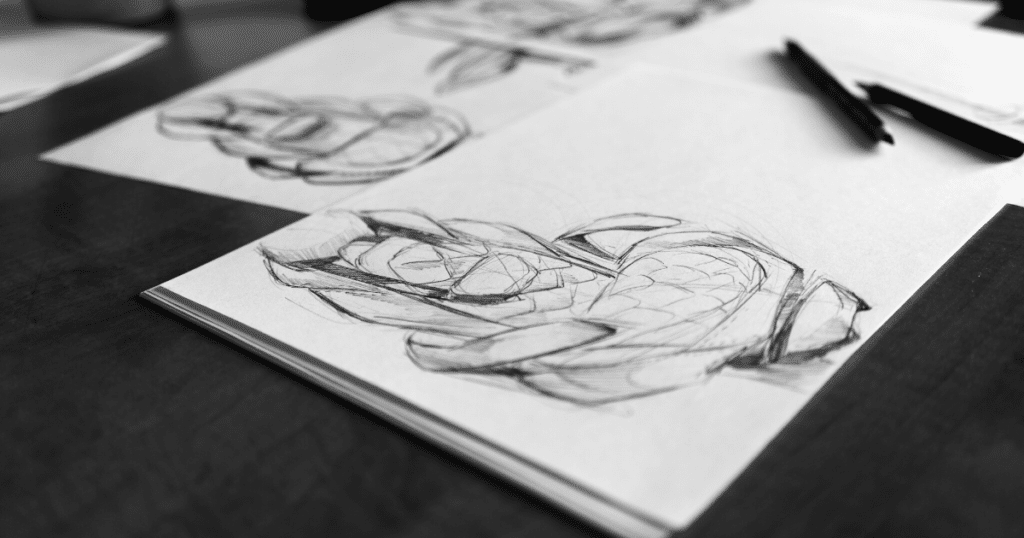
When it comes to drawing, the right tools can make all the difference. While it’s true that anyone can learn to draw, having the right tools can make the process easier and more enjoyable. In this section, we’ll explore the role of tools in drawing and how to choose the right ones for you.
Choosing the Right Pencil
One of the most important tools in drawing is the pencil. There are many different types of pencils available, each with their own unique qualities. When choosing a pencil, consider the type of drawing you want to create and the effect you want to achieve.
Here are some common types of pencils and their uses:
| Pencil Type | Use |
|---|---|
| HB | General drawing |
| 2B | Shading and sketching |
| 4B | Darker shading and sketching |
| 6B | Soft shading and creating textures |
Remember, you don’t need to buy the most expensive pencils to create great art. A simple set of HB, 2B, 4B, and 6B pencils is a great place to start.
The Importance of Paper
Choosing the right paper is just as important as choosing the right pencil. Different types of paper have different textures and weights, which can affect the way your drawing looks.
Here are some common types of paper and their uses:
- Sketch paper: Great for practice and quick sketches.
- Drawing paper: A heavier weight paper that’s ideal for finished drawings.
- Watercolor paper: Ideal for watercolor and mixed media drawings.
When choosing paper, consider the medium you’ll be using. If you’re using watercolors, for example, you’ll want to choose a paper that’s designed to hold up to water.
Remember, the right tools can make all the difference in your drawing practice. Experiment with different pencils and papers to find the ones that work best for you.
The Learning Process
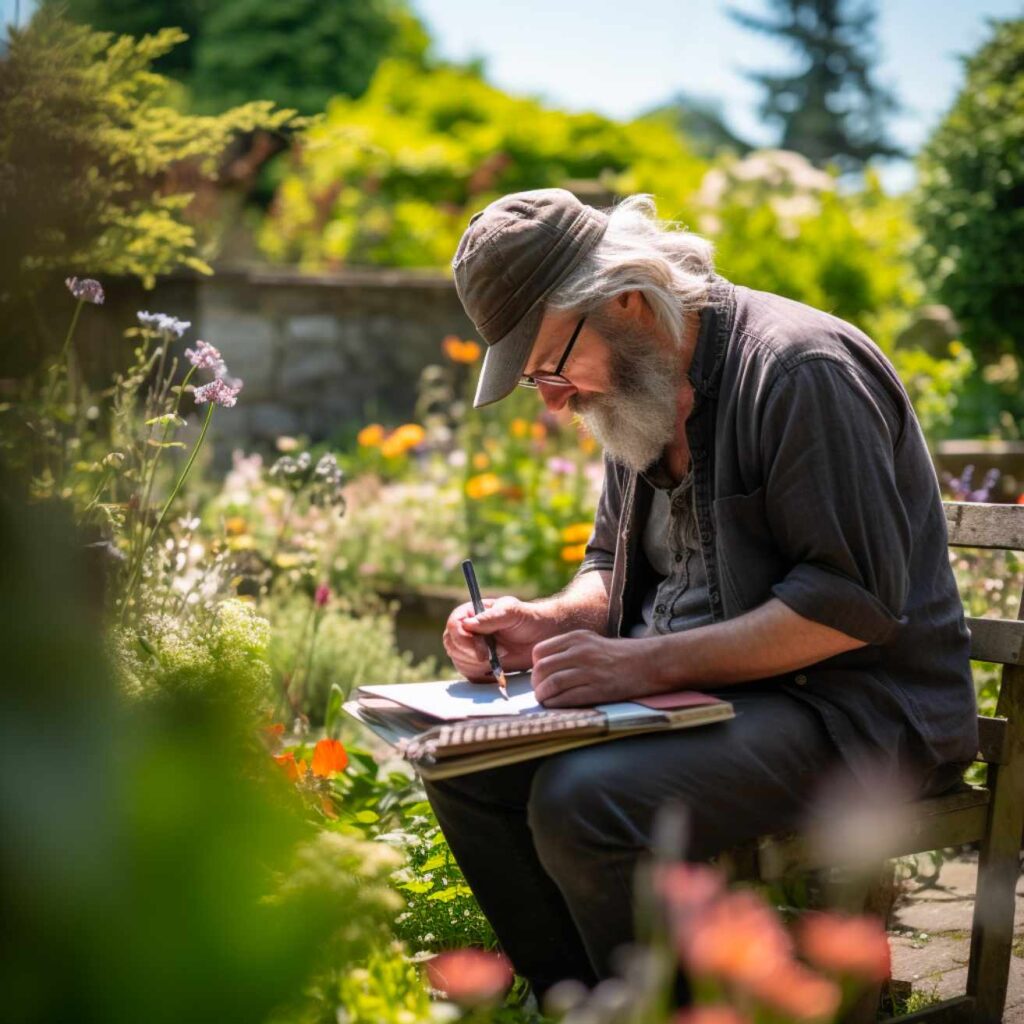
Learning to draw is a process that requires dedication, patience, and practice. While some people may have a natural talent for drawing, anyone can learn to draw with the right approach. Here are some important sub-sections to keep in mind when learning to draw.
The Power of Practice
Practice is the key to improving your drawing skills. The more you practice, the better you will become. It’s important to remember that you won’t see improvement overnight, but with consistent practice, you will see progress. Set aside time each day to practice your drawing skills, even if it’s just for a few minutes. Over time, you will see your skills improve.
The Need for Consistent Practice
Consistency is key when it comes to learning to draw. It’s important to practice your drawing skills regularly, even if it’s just for a few minutes each day. Consistent practice helps you develop muscle memory and improves your hand-eye coordination. It also helps you develop your own style and techniques. Make a habit of drawing every day, even if it’s just a quick sketch.
Importance of a Plan
Having a plan is important when it comes to learning to draw. Start by setting goals for yourself, such as learning to draw a specific object or improving your shading skills. Break your goals down into smaller, more manageable steps, such as practicing a particular technique or studying the work of other artists. Having a plan helps you stay focused and motivated, and it allows you to track your progress over time.
Learning to draw is a process that requires dedication, patience, and practice. By focusing on consistent practice, setting goals, and having a plan, you can improve your drawing skills over time. Remember to be patient with yourself and don’t get discouraged if you don’t see improvement right away. With consistent effort, you can learn to draw and express yourself creatively.
Talent Vs. Skill in Drawing
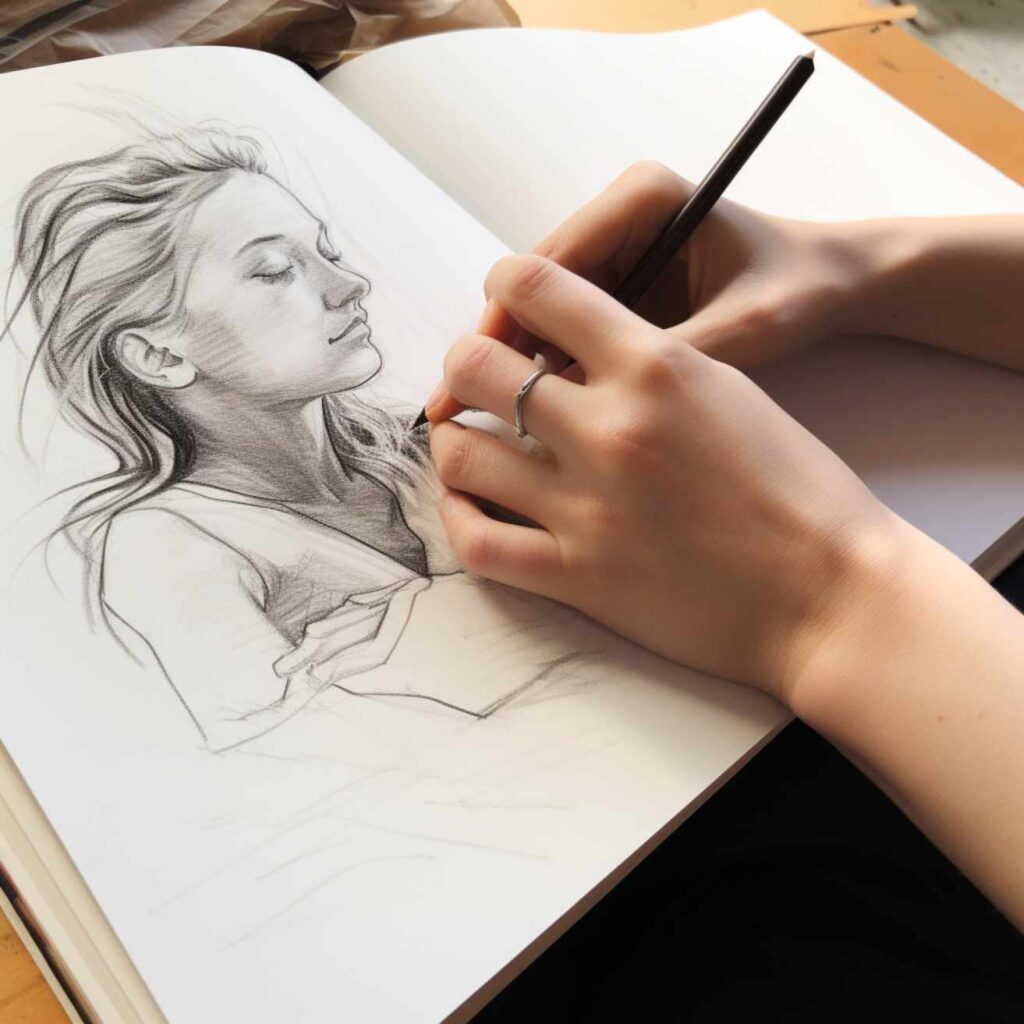
Is Natural Talent Necessary?
Many people believe that natural talent is necessary to become a skilled artist. However, this is not entirely true. While some people may have a natural inclination towards drawing, it is not a requirement to become a successful artist.
Drawing is a skill that can be learned and developed over time with practice and dedication. Even if you don’t have a natural talent for drawing, you can still become a skilled artist with enough effort and hard work.
Refining Your Skill
To refine your drawing skills, you need to practice regularly and consistently. Start by learning the basics of drawing, such as perspective, shading, and proportions. You can find many resources online, such as tutorials and videos, to help you learn these skills.
Once you have mastered the basics, you can start experimenting with different techniques and styles. Try drawing from life, using different mediums, and exploring your own unique style.
It’s important to remember that refining your drawing skill is an ongoing process. You should continue to practice and learn new techniques throughout your artistic journey. Don’t get discouraged if you make mistakes or don’t see progress right away. With time and dedication, you can become a skilled artist.
While natural talent may make it easier to learn and improve your drawing skill, it is not a requirement. Anyone can learn to draw with enough time and dedication. Remember to practice regularly, learn the basics, and experiment with different techniques to refine your skills.
Motivation and Discipline in Learning to Draw
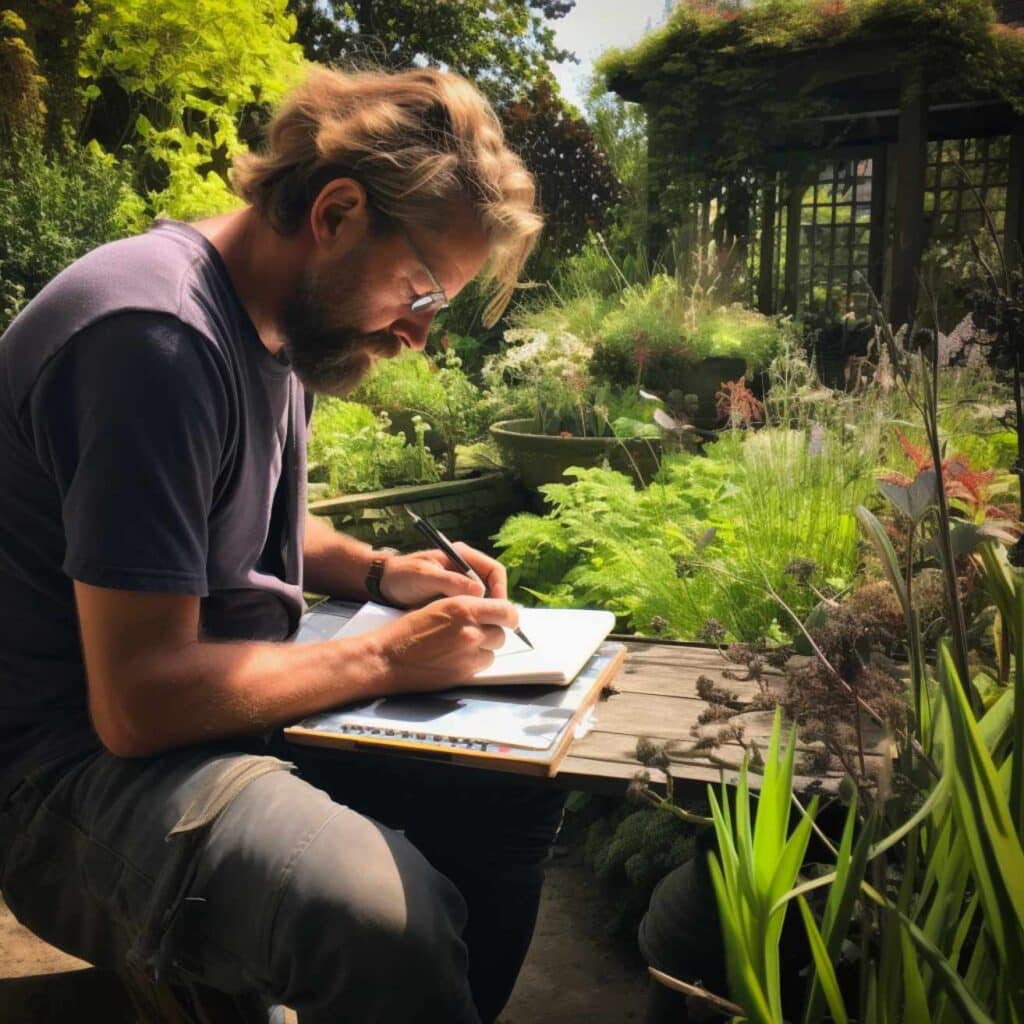
When it comes to learning to draw, motivation and discipline go hand in hand. Without motivation, it can be difficult to find the drive to practice and improve your skills. And without discipline, it can be easy to give up or become frustrated with slow progress. So, how can you stay motivated and disciplined in your drawing practice?
Find Your Why
One of the most important things you can do to stay motivated is to find your “why.” Why do you want to learn to draw? Is it to express yourself creatively? To improve your job prospects? To create art that brings joy to others? Whatever your reason, keep it in mind as you practice. Remind yourself why you started and how far you’ve come.
Set Goals
Setting goals can also be a great way to stay motivated and disciplined. Break down your larger goal of learning to draw into smaller, achievable goals. For example, you could set a goal to practice drawing for 30 minutes every day or to complete a certain number of drawings each week. Celebrate your progress along the way and adjust your goals as needed.
Practice Mindfully
When you do practice, make sure to do so mindfully. Don’t just go through the motions of drawing without really paying attention to what you’re doing. Focus on the process, not just the end result. Take the time to really observe your subject and analyze what you’re drawing. This can help you improve more quickly and stay engaged with your practice.
Embrace Failure
Finally, it’s important to embrace failure as a natural part of the learning process. You’re not going to create a masterpiece every time you sit down to draw, and that’s okay. Use your mistakes as opportunities to learn and grow. Analyze what went wrong and try again. Remember, success in drawing (and in life) is often the result of persistence and hard work, not innate talent.
By staying motivated, disciplined, and embracing failure, you can make great progress in your drawing practice. So keep practicing, keep learning, and keep growing!

Drawing as a Form of Creativity
Drawing is a form of creativity that allows you to express your imagination and ideas in a visual form. It is a way to communicate your thoughts and emotions through lines, shapes, and colors. Whether you are an artist or not, drawing can be a fun and rewarding activity that anyone can learn.
Contrary to popular belief, artistic talent is not a prerequisite for drawing. While some people may have a natural inclination towards art, anyone can learn to draw with practice and dedication. It is a skill that can be developed over time, and the more you practice, the better you will become.
Drawing can take many forms, from simple sketches to intricate paintings. It can be done with a variety of tools, including pencils, pens, and paintbrushes. The beauty of drawing is that it allows you to experiment with different techniques and styles until you find what works best for you.
One of the best things about drawing is that it can be a relaxing and therapeutic activity. It allows you to focus your mind and forget about the stresses of daily life. Whether you are drawing for fun or as a form of meditation, it can be a great way to unwind and recharge.
In conclusion, drawing is a form of creativity that anyone can learn. It does not require natural talent, but rather practice and dedication. Whether you are looking to express your ideas, relax, or simply have fun, drawing can be a rewarding activity that you can enjoy for years to come.
Drawing Techniques from Experts
Learning from Graham Shaw
If you are looking to improve your drawing skills, learning from experts like Graham Shaw can be a great way to get started. Shaw is a renowned artist and author who has helped many people learn to draw with his simple and effective techniques.
One of the key things that Shaw emphasizes is the importance of practice. He believes that anyone can learn to draw with enough practice and dedication, and he encourages his students to draw every day. By practicing regularly, you can develop your skills and start to see improvement over time.
Another technique that Shaw recommends is to start with simple shapes and build up from there. For example, you might start by drawing a circle, and then add lines to create a face or a flower. By breaking down complex objects into simple shapes, you can make drawing more manageable and less intimidating.
Shaw also emphasizes the importance of observation. When you are drawing, it is essential to look carefully at the object you are drawing and pay attention to its details. By observing closely, you can capture the essence of the object and create a more realistic drawing.
Overall, learning from experts like Graham Shaw can be an excellent way to improve your drawing skills. By practicing regularly, starting with simple shapes, and observing carefully, you can develop your skills and become a better artist.
Conclusion
Learning to draw is a skill that anyone can develop with practice and dedication. While some people may have a natural talent for drawing, it is not a requirement for success. The most important factor in learning to draw is your interest and willingness to put in the time and effort.
One of the keys to improving your drawing skills is to have an object or subject to draw. This could be anything from a still life arrangement to a landscape or portrait. Having a reference to work from can help you to develop your skills and improve your accuracy.
Repetition is also important when it comes to learning to draw. The more you practice, the better you will become. It is important to be patient with yourself and not expect perfection right away. Set small goals for yourself and work towards them gradually.
Another helpful tip is to seek out reference materials and tutorials to help guide your practice. There are many resources available online and in print that can help you to improve your skills and develop your own style.
In conclusion, anyone can learn to draw with the right mindset and approach. Whether you are a beginner or an experienced artist, there is always room for improvement and growth. With practice, patience, and a willingness to learn, you can develop your skills and create beautiful works of art.
Other articles you may enjoy…
20+ Charcoal Drawing Ideas: Simple and Fun Techniques for Artists
Learning to Draw as an Adult: Tips and Tricks for Starting Your Art Journey
Upgrade Your Art Station: Top 16+ Drawing Tablet Stands for Creatives